Can you put non-stick pans in the dishwasher? Chefs and cleaners explain
These cleaning and care tips for non-stick pans will ensure they serve your kitchen for years to come
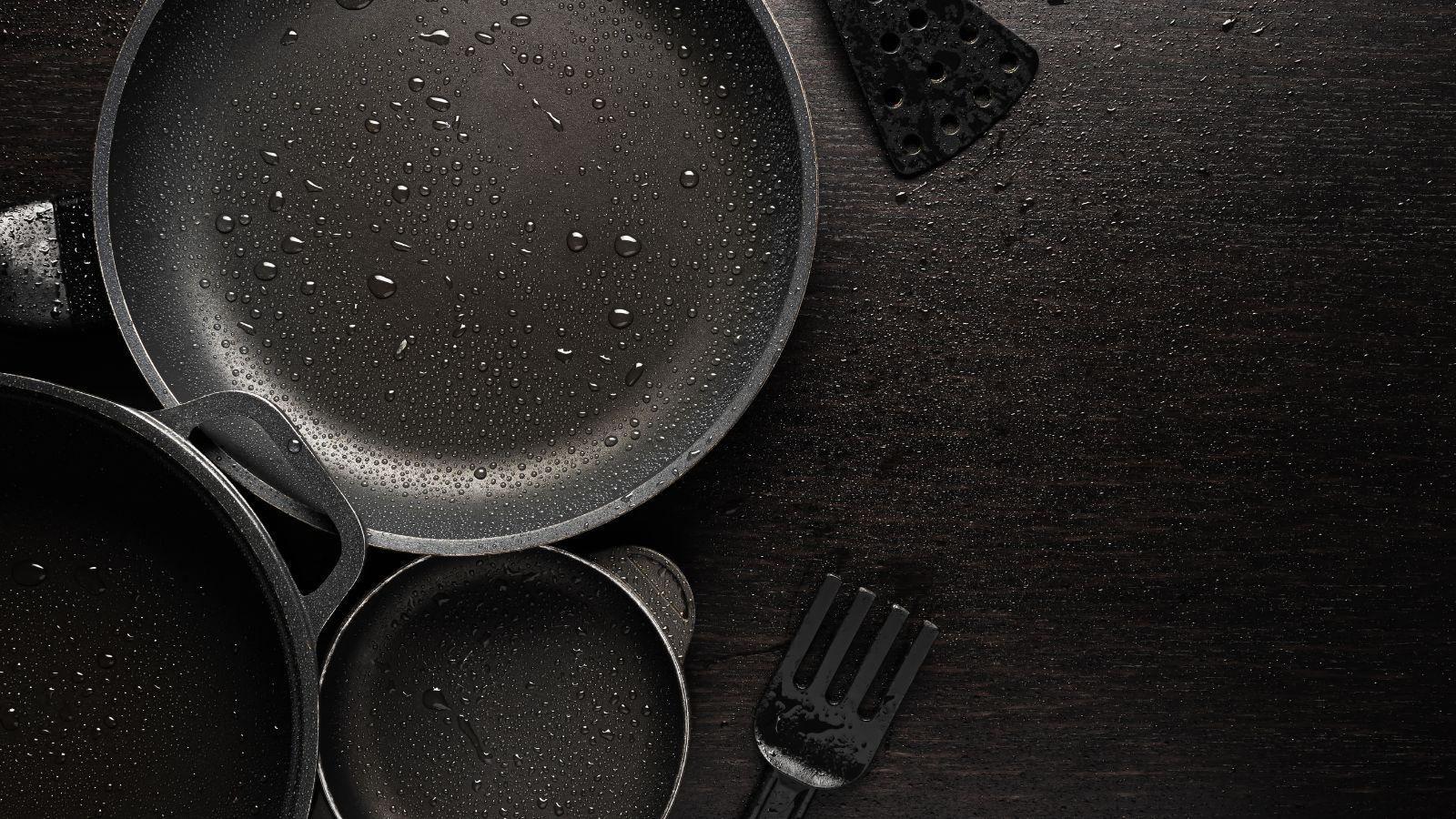

Non-stick pans are fickle friends – on the one hand, they make cooking and cleaning up simple, on the other, you have to look after them perfectly or the non-stick coating will begin to peel.
As a result, non-stick pans are often one of the many things not to put in a dishwasher to help maintain their coating – even if the packaging suggests it might be okay.
This is how to care for your non-stick pans, and why looking after them is important to prevent damaging your pans and ruining your food.
Can you put non-stick pans in the dishwasher?
The short answer is no, you shouldn’t include your best non-stick frying pans when loading a dishwasher – and for good reason, explains Ronnie Kendrick, cleaning expert at CompanyClean.
While non-stick pans are, of course, designed to work with heat to cook your food, the prolonged wet heat in a dishwasher can still damage the non-stick coating, possibly causing it to peel or leak into your food the next time you cook, he warns.
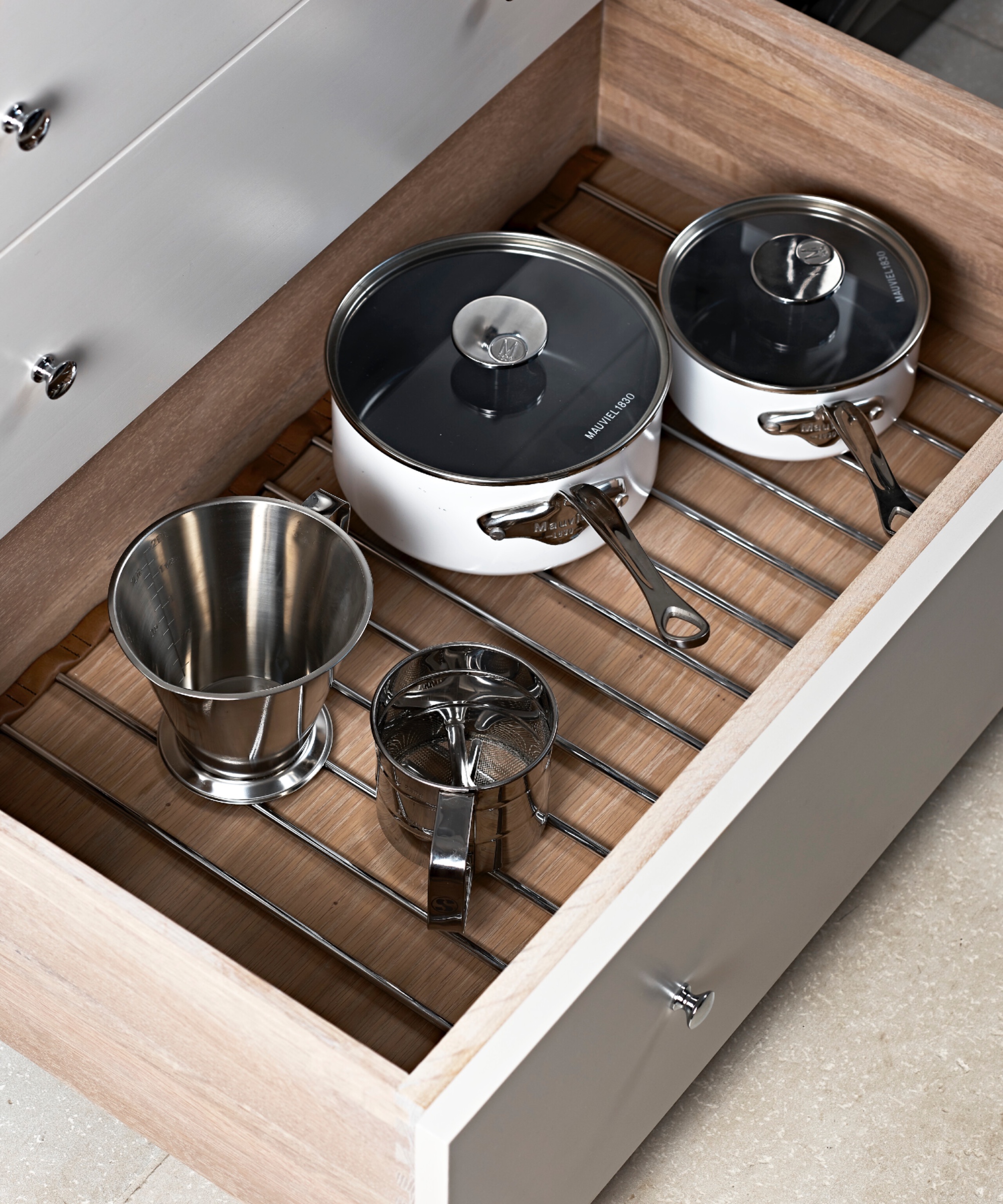
What’s more, dishwasher detergent is very different from standard dish soap, often containing harsher abrasives and chemicals to help remove grime from dinnerware sets in place of manual scrubbing. As a result, they are often too harsh to be used on non-stick coatings, adds Amna Muqeem, home chef and editor of Specially Fried.

Amna Muqeem is a baking enthusiast and editor-in-chief at Specially Fried. With a deep love for all food, she brings her expertise and creativity to the forefront, ensuring delightful content for cooking enthusiasts
How to care for non-stick pans

Luckily, thanks to their non-stick coating, these pans are very simple to clean by hand – so long as you look after them correctly, says Amy Hand, chef and writer at The Skillful Cook.
‘A good nonstick coating means that the food has nothing to stick to. All it takes is hot water, a little soap, and a gentle sponge and the pan will be clean in seconds. No elbow grease required,’ she says.
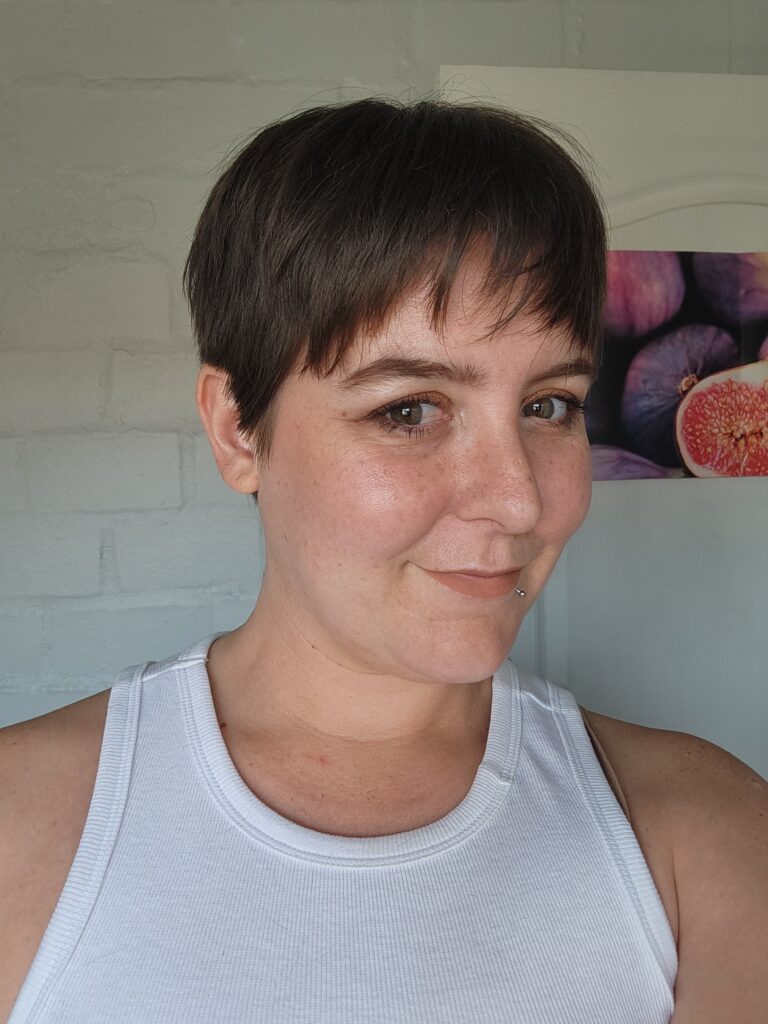
Amy has a diploma in Patisserie from Silwood School of Cookery and over four years of experience as a professional pastry chef. She has been writing about food for the last three years to help others learn their way around a kitchen.
Aside from cleaning, how you use the pans will also determine their lifespan in your kitchen, Amy adds. Generally, you want to avoid using any metal utensils in these pans, for instance, as even the lightest scraping will scratch the delicate non-stick surface and result in sticking and contaminated food, she says. Instead, the best way to maintain them is to use rubber or wooden utensils.

Additionally, when organizing pots and pans in your kitchen storage, ensure that they are left unstacked, adds Steven Perez, founder of Kitchen and Range Hood. Stacking non-stick pans will scratch the patina, damaging the pans even when you are not using them, he warns.
If you must stack them, consider stacking with them a soft cloth or cork trivet, like these from Amazon, between them to protect the interior.

These non-stick HexClad pans are a choice pick of chef Gordon Ramsey. The frying pan was even voted H&G's favorite when tested, too.
FAQs
Are there any dishwasher-safe non-stick pans?
More often than not, no non-stick pans are not suitable for the dishwasher. If you are looking for pans you can easily throw in the dishwasher to save on washing up, then you will want to consider heavy-duty stainless steel pans instead.
How do I know if a pan is dishwasher safe?
When trying to work out if a pan is dishwasher safe you can look at one of two things. Firstly, check the packaging or base of the pan for a ‘dishwasher safe’ label, or look at the materials it is made from.
If the pan has a protective coating, has any wooden components such as a handle, or is made from aluminum or cast iron, then it is likely not dishwasher safe and needs to be washed by hand. Stainless steel pans, on the other hand, usually are safe for the dishwasher.
If you are not sure, it is always safer to wash them manually in the sink.
Even if you look after your non-stick pans perfectly, you should always be on the lookout for any signs it’s time to replace your pans. Check your pots regularly for signs of scratching, peeling, or warping that could contaminate your food, and replace your pans as needed.
Sign up to the Homes & Gardens newsletter
Design expertise in your inbox – from inspiring decorating ideas and beautiful celebrity homes to practical gardening advice and shopping round-ups.

Chiana has been at Homes & Gardens for two years and is our resident 'queen' of non-toxic living. She spends most of her time producing content for the Solved section of the website, helping readers get the most out of their homes through clever decluttering, cleaning, and tidying tips. She was named one of Fixr's top home improvement journalists in 2024.
-
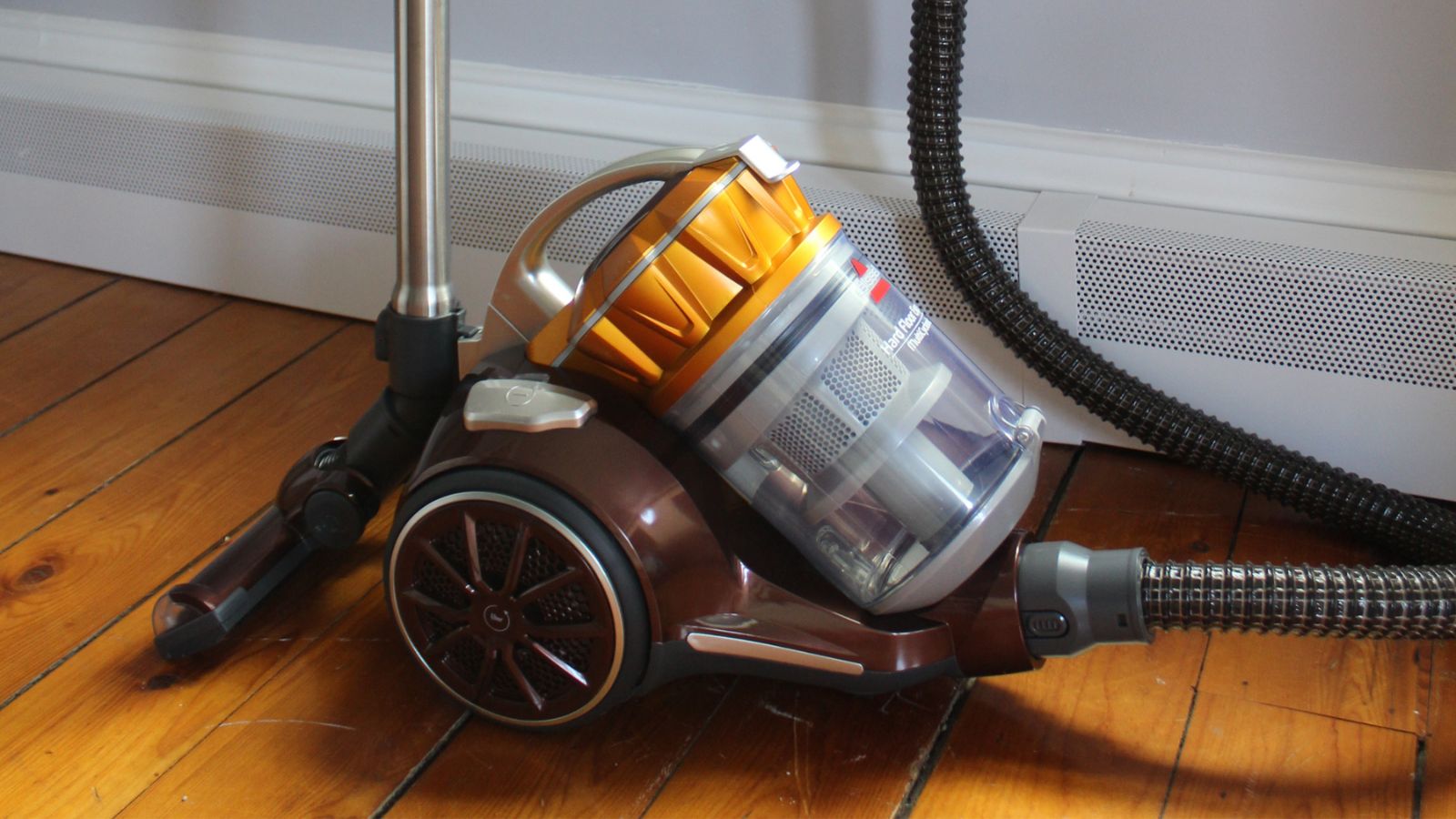 Bissell Hard Floor Expert canister vacuum review – if your home has smooth floors, this is all you need
Bissell Hard Floor Expert canister vacuum review – if your home has smooth floors, this is all you needAs the name suggests, this canister vacuum works wonders on hard floors, but even a low-pile rug is too much of a challenge
By Camryn Rabideau
-
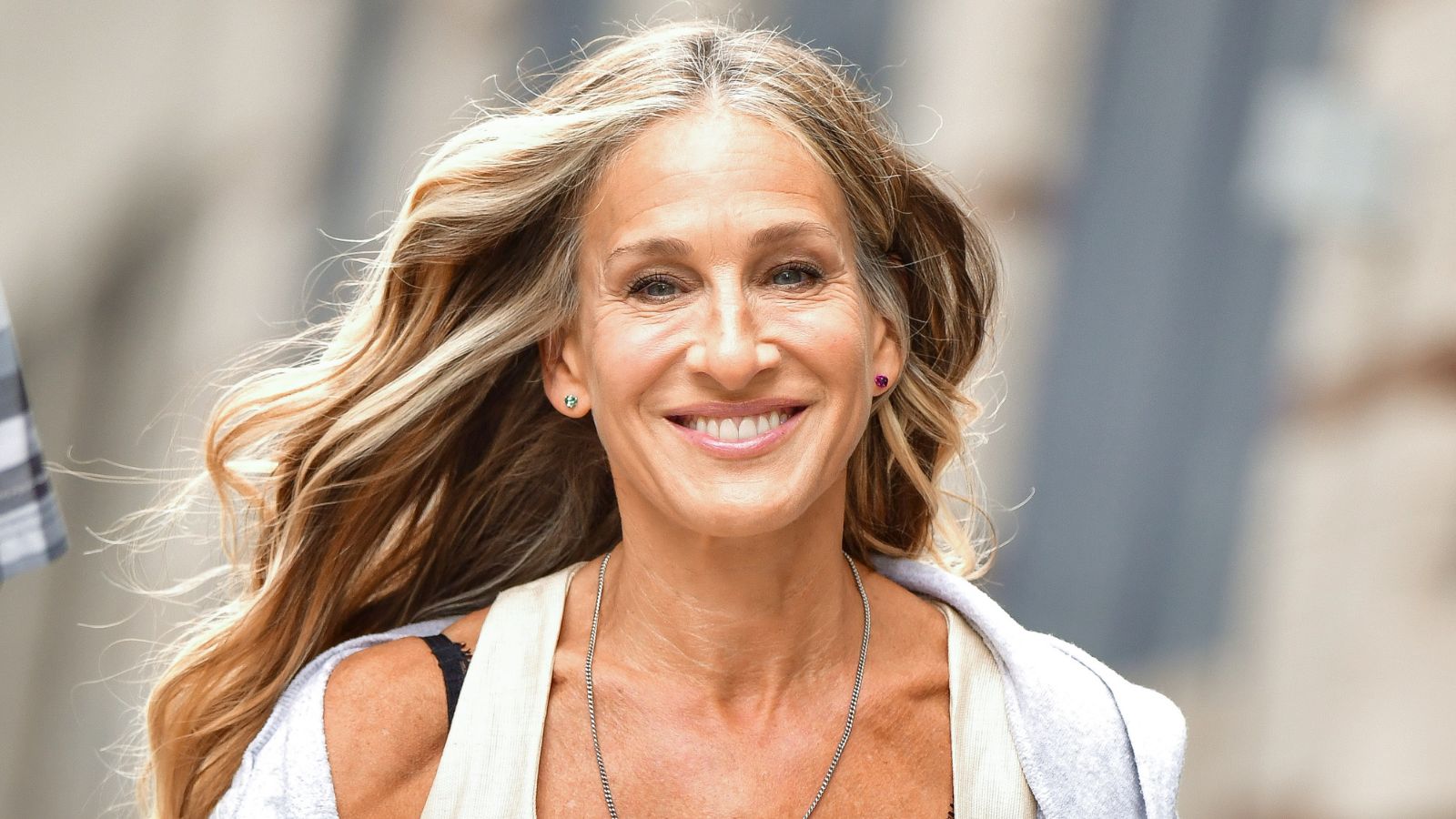 Sarah Jessica Parker's living room is a treasure trove of presumably clashing patterns – they're unexpected stars of the 'slow furnishing' trend
Sarah Jessica Parker's living room is a treasure trove of presumably clashing patterns – they're unexpected stars of the 'slow furnishing' trendUnlikely prints combine harmoniously in the actress's bold living room for a warm, welcoming effect – experts say her style is growing more popular
By Sophie Edwards